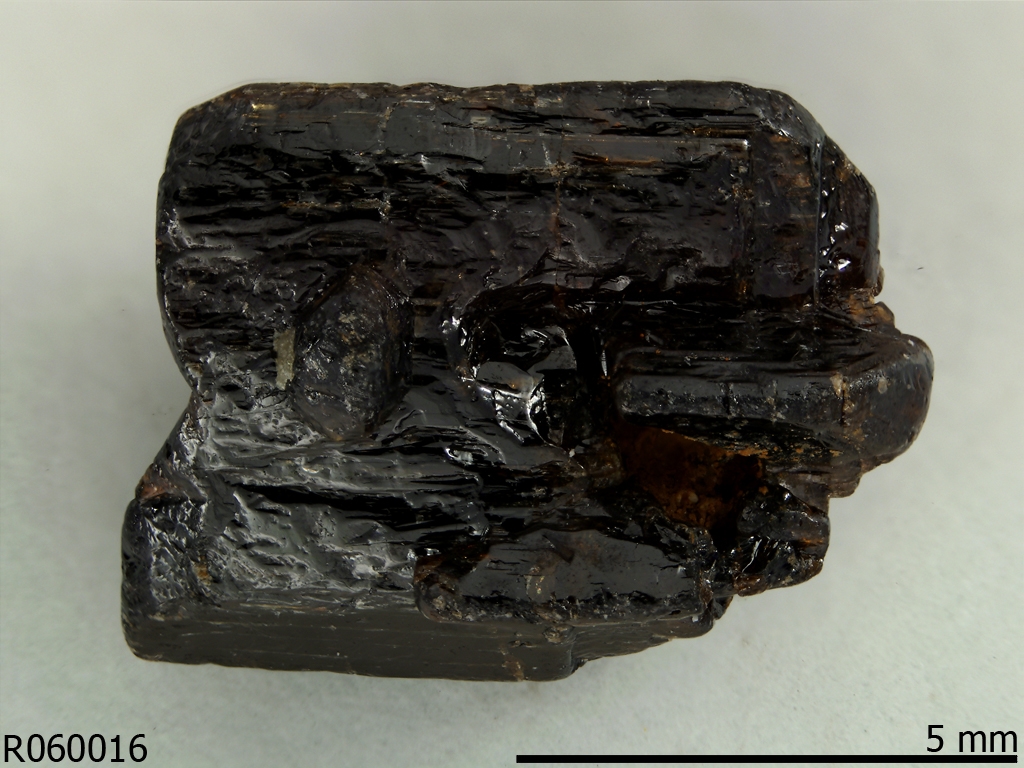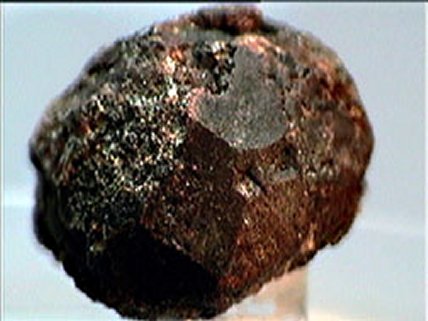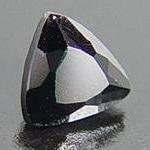Baddeleyite
Baddeleyite is a rarely occurring mineral from the mineral class of oxides with a metal -to-oxygen ratio = 1:2. It crystallizes in the monoclinic crystal system with the chemical formula ZrO2 and most developed tabular crystals of brownish-black, green or yellow color. Even colorless crystals are known.
Etymology and history
It was named after Joseph Baddeley, who described the mineral. It was first discovered and described in 1892 in Sri Lanka and Brazil.
Classification
In the classification by Strunz baddeleyite is counted among the oxides and hydroxides. In the 8th edition it forms with Calzirtit, cerianite - (Ce), Hiärneit, Tazheranit, thorianite and uraninite a subset of the oxides with a ratio of metal to oxygen of 1:2. In the 9th edition it is run as a sub-group of the oxides with ratio of metal to oxygen of 1:2, medium-sized cations and various polyhedra.
In the classification by Dana it forms with the un- named mineral IMA2007 -058 is a subgroup of the simple oxides with a cation charge of 4 .
Modifications and varieties
Baddeleyite is a modification of the zirconia. Above 1173 ° C, it transforms into a tetragonal, from 2370 ° C in a cubic modification order.
Education and Locations
Baddeleyite is often found as Verwitterungsgrus in gravel. Known localities are Ratnapura in Sri Lanka, Jacupiranga and Minas Gerais in Brazil, Kola (Russia), Montana (United States), the Republic of Congo and of Vesuvius (Italy).
As Nebengemenganteil baddeleyite was also found together with spinel, chromite, zircon and (OH ) -free apatite on the moon.
Crystal structure
Baddeleyite crystallized in the monoclinic crystal system, space group P21 / c. with the lattice parameters a = 5.151 Å, b = 5.212 Å, c = 5.317 Å and β = 99.23 ° and four formula units per unit cell.
Use
Baddeleyite is an important raw material for the production of zirconium.









